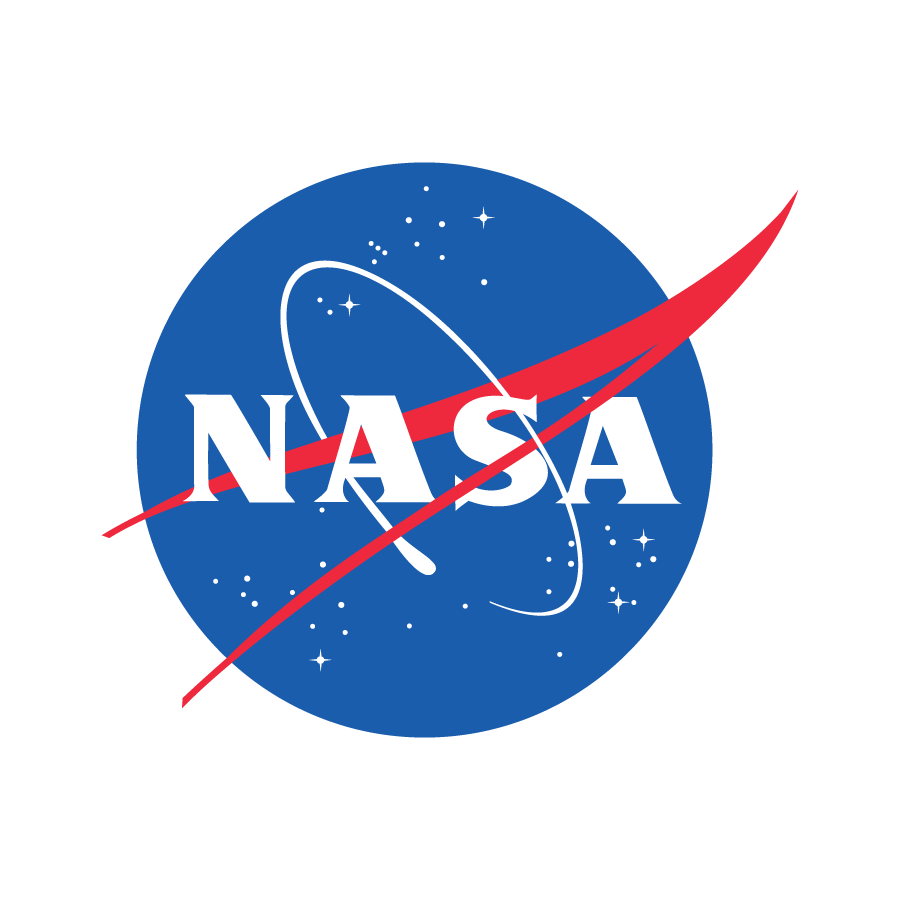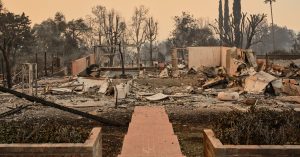Earth planning date: Wednesday, Jan. 15, 2025
During our unexpected hiatus last week while the mission team switched to remote operations due to the Eaton fire near JPL, our incredible scientists and engineers sent some commands to let Curiosity know that our usual communications are coming but they might be a bit late. Today we recommenced with mission operations and planned sols 4425 and 4426.
Having driven just over 25 meters (about 82 feet) from our previous location we are rounding the northern edge of Texoli butte (pictured above). Of great interest to the team today were two craters we are driving toward named “Rustic Canyon” and “Runyon Canyon.” The bigger of the two, “Rustic Canyon,” was the focus of a ChemCam long-distance RMI as well as passive observation to obtain chemistry data. The ChemCam LIBS target in the workspace today is a rock called “Wisdom Tree” that is being followed up by a Mastcam observation. Mastcam is also taking mosaics of the two craters, a mosaic of a rock in the workspace named “Swan Rock,” and then rounding out the first block of science activities with a clast survey – a measurement near to the ground to observe pebbles and rocks alongside the rover.
After the first set of science activities, Curiosity’s afternoon will be spent making contact science on a dark, platy rock in the workspace named “Rancho Potrero.” Here we will use our Dust Removal Tool (DRT) before touching the surface with our APXS instrument and finally imaging the area with MAHLI. We will then be on the move, driving toward “Rustic Canyon,” the larger of the two craters assessed today. Post-drive activities on sol 4425 include a Mastcam twilight observation for cloud monitoring as well as our standard MAHLI observation of the wheels.
On sol 4426, Mastcam is looking toward the sky, taking a tau observation to measure atmospheric dust as well as another twilight cloud observation. Navcam is taking a suprahorizon movie to continue our environmental monitoring activities. ChemCam is taking a LIBS as well as a passive observation on a post-drive rock of its choice, ready for us to analyze our new workspace on Friday and see what we learn about the upcoming craters.
Written by Emma Harris, Graduate Student at Natural History Museum, London




